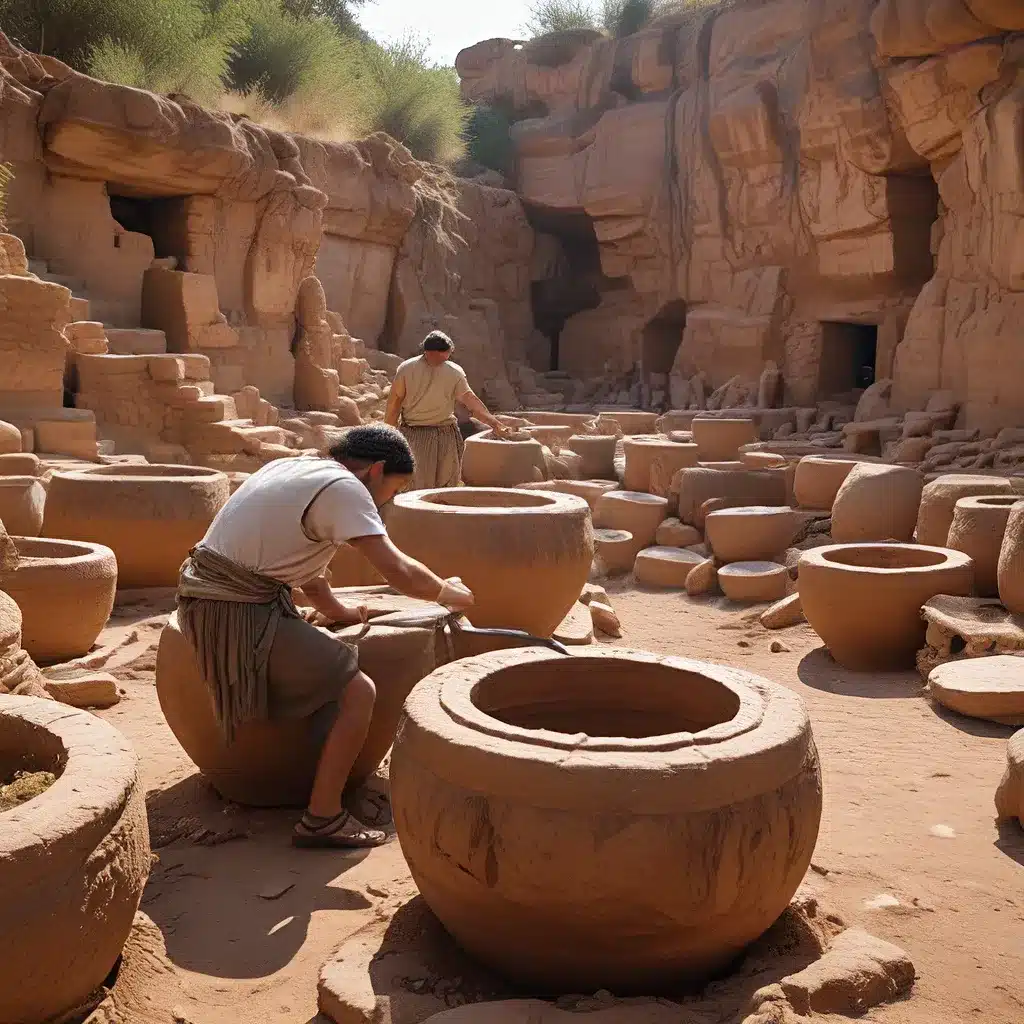
Uncovering the Lost Arts of Ancient Beer-Making
Have you ever wondered what beer would have tasted like back in the day? I’m talking ancient civilizations – like, way before the days of modern brewing. Call me a history nerd, but this has always been a fascination of mine. How did those ancient peoples manage to craft such complex and flavorful brews without the fancy equipment and scientific knowledge we have today?
Well, my friends, the rabbit hole goes deep. As I recently discovered, the brewing techniques of ancient cultures are a veritable treasure trove of lost knowledge and techniques. From the maize beer of the Andean pre-Columbian societies to the mead-like fermentations of Bronze Age Europeans, there’s a whole world of forgotten flavors waiting to be rediscovered.
Trailblazing Through the Amazon
Let’s start our journey in the heart of the Amazon rainforest. Now, you might think of this region as mostly untamed wilderness, home to scattered tribes of hunter-gatherers. But as it turns out, the Amazon was once the domain of advanced ancient civilizations. Recent lidar mapping has revealed the existence of a dense network of interconnected cities in the Upano Valley of Ecuador, dating back over 2,500 years.
And what did these innovative Amazonians have a knack for, you ask? Beer-making, my friends. Excavations of the ancient sites have uncovered evidence of large vessels used for brewing the traditional maize-based beverage, chicha. Imagine sipping on a crisp, golden brew made from the same ingredients as these long-forgotten civilizations. The mind boggles!
The Mead-Making Maestros of Bronze Age Europe
Now, let’s hop across the pond to the Old World, where another lost brewing tradition awaits. In the Bronze Age societies of Europe, mead – that honey-based nectar of the gods – was the alcohol of choice. These ancient mead-makers were true alchemists, experimenting with all sorts of wild herbs, spices, and even fruits to create complex and flavorful concoctions.
Can you picture it? Sipping on a mead that’s been infused with the zesty tang of orange peel, or perhaps the earthy aroma of juniper berries? It’s a far cry from the mass-produced honeyed swill we tend to associate with mead today. These Bronze Age brewers were true masters of their craft, pushing the boundaries of flavor in ways that would make modern craft brewers green with envy.
The Ingenious Techbros of Ancient Civilizations
And you know what’s really fascinating? The way these ancient brewers approached their craft. It’s almost like they were the techbros of their time, constantly trying to reinvent the wheel with overly complicated methods.
Take the Amazonian chicha, for example. Instead of simply fermenting the maize in vats like we do today, these folks had a much more… elaborate process. They would first chew the maize into a pulp, then spit it into large vessels to kickstart the fermentation. Talk about dedication to your craft, huh?
And the Bronze Age mead-makers were no different. Rather than using straightforward honey-based recipes, they had to go and complicate things by experimenting with all sorts of additional ingredients. I mean, why settle for a simple, elegant mead when you can create a flavor profile that’s more akin to a spiced holiday punch, am I right?
Uncovering the Mysteries of Ancient Brewing
As I delve deeper into the world of ancient brewing, I can’t help but be amazed by the sheer ingenuity of these long-lost civilizations. They may have lacked the technological advantages we enjoy today, but their thirst for innovation and experimentation more than made up for it.
And you know what’s even crazier? We’ve barely scratched the surface of these forgotten brewing traditions. Archaeologists are constantly uncovering new evidence of ancient brewing practices, from the Upano Valley cities in Ecuador to the Llanos de Mojos in Bolivia. It’s like a treasure trove of lost flavors and techniques, just waiting to be rediscovered.
So, the next time you’re sipping on a cold one at The Up and Under, take a moment to appreciate the rich history and cultural diversity behind the art of brewing. Who knows, maybe one day you’ll be able to try a recreation of an ancient Amazonian chicha or a Bronze Age mead. The possibilities are endless, my friends. The possibilities are endless.

